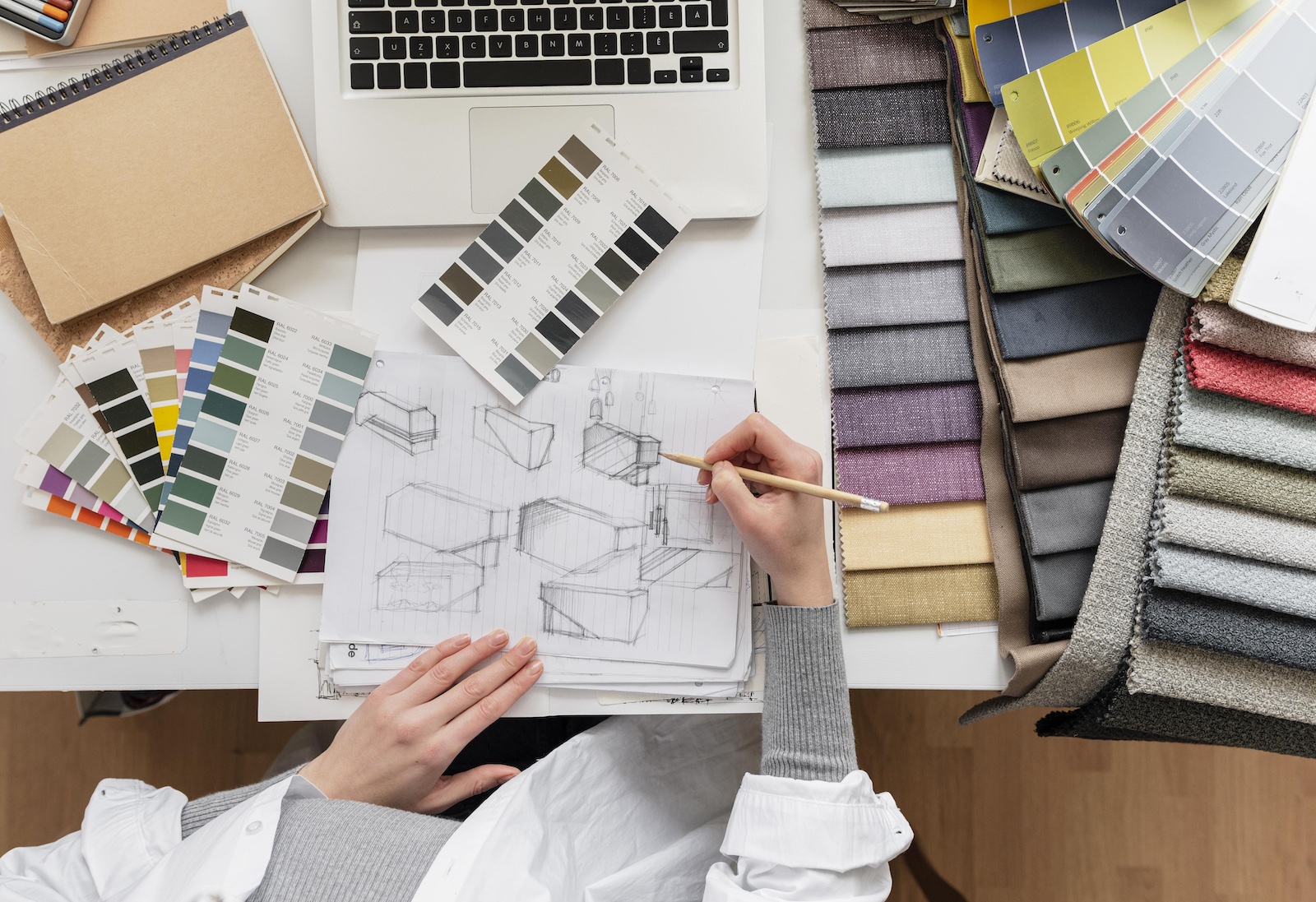
Exploring Innovative Materials: The Rise of Sustainable Furniture Design in Today's Market
Exploring Innovative Materials: The Rise of Sustainable Furniture Design in Today's Market
In recent years, the furniture industry has seen a significant shift towards sustainability. As consumers become increasingly conscious of environmental impact, the demand for eco-friendly furniture solutions has skyrocketed. In this post, we'll explore the innovative materials leading the charge in sustainable furniture design and offer some practical tips for incorporating these materials into your projects.
The Importance of Sustainable Design
Sustainable furniture design is not just a trend—it's a necessity. The furniture industry has traditionally relied on resource-intensive materials and processes that harm the environment. By choosing sustainable alternatives, designers and manufacturers can significantly reduce their ecological footprint. Here are some key benefits of sustainable furniture design:
- Reduced waste: Using recycled and upcycled materials minimizes the amount of waste heading to landfills.
- Energy efficiency: Sustainable practices often require less energy consumption compared to traditional methods.
- Healthier environments: Eco-friendly furniture is typically free from harmful chemicals, improving indoor air quality.
Innovative Sustainable Materials
The development of new materials has opened up exciting possibilities for sustainable furniture design. Let's take a closer look at some of the most promising options:
-
Bamboo: A rapidly renewable resource, bamboo grows quickly and requires minimal pesticides and fertilizers. It is strong and versatile, making it an excellent choice for various furniture types.
-
Recycled Plastics: Post-consumer plastics can be transformed into durable and stylish furniture pieces, reducing the reliance on virgin plastics.
-
Reclaimed Wood: Salvaging wood from old structures gives new life to materials that would otherwise go to waste, adding unique character and history to furniture designs.
-
Cork: Harvested from the bark of cork oak trees, this material is renewable, biodegradable, and boasts excellent durability and insulation properties.
-
Hemp: Hemp fibers are strong and sustainable, making them suitable for upholstery and other fabric applications.

Practical Tips for Sustainable Furniture Design
Incorporating sustainable practices into your furniture design process doesn't have to be daunting. Here are a few tips to help you get started:
Choose the Right Materials
Prioritize materials that are recycled, upcycled, or sustainably sourced. Look for certifications like FSC (Forest Stewardship Council) or Cradle to Cradle to ensure your materials meet high environmental standards.
Partner with Sustainable Manufacturers
Collaborate with manufacturers who share your commitment to sustainability. At Distro, we specialize in custom on-demand wood product manufacturing and distribution, ensuring that each piece is crafted with eco-friendly practices.
Embrace Modular Design
Modular furniture designs are versatile and can be easily adapted or expanded, reducing the need for new furniture as needs change.

Utilize Digital Tools
Leverage technology to create efficient and sustainable designs. Distro offers various free tools to streamline your design process, including our free AI furniture design generator.
Conclusion
The rise of sustainable furniture design represents a pivotal moment for the industry. By embracing innovative materials and eco-friendly practices, we can create beautiful, functional, and environmentally responsible furniture. Remember, every small step towards sustainability counts.
For more information about Distro's capabilities in furniture manufacturing, visit our capabilities page. If you're ready to get started on a sustainable furniture project, request a quote or contact us today.
Related Post: How Etsy sellers can partner with manufacturers to launch a direct To Consumer furniture brand


Ready to get started?
Request a quote so we can start making your products on demand.
Request a quote
Have questions? Contact us →


